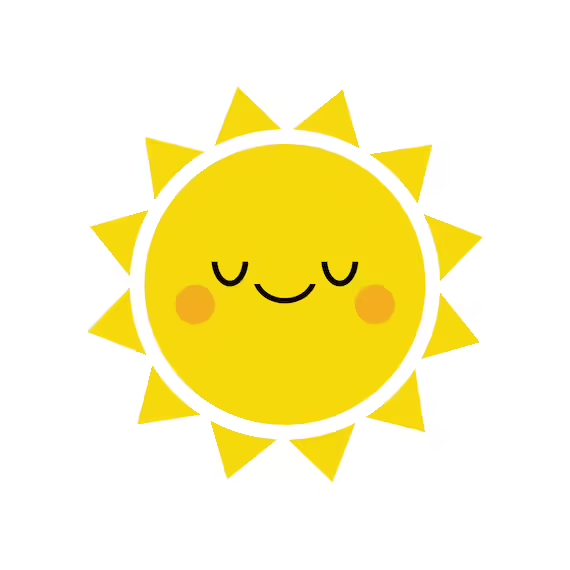Stamp: Mount Ararat and Soviet symbols Surcharged (Soviet Union, USSR 1923)
Mount Ararat and Soviet symbols Surcharged (Soviet Union, USSR 1923)
01 October (Soviet Union, USSR ) within release Transcaucasian federated republic goes into circulation Stamp Mount Ararat and Soviet symbols Surcharged face value 700,000 Russian ruble
| Stamp Mount Ararat and Soviet symbols Surcharged in catalogues | |
|---|---|
| Michel: | Mi: SU-TR 26 |
| Stanley Gibbons: | Sg: SU-TR 10 |
Stamp is horizontal format.
Also in the issue Transcaucasian federated republic:
- Stamp - Mount Ararat and Soviet symbols Surcharged face value 700,000;
- Stamp - Mount Ararat and Soviet symbols Surcharged face value 700,000;
- Stamp - Mount Ararat and Soviet symbols Surcharged face value 700,000;
- Stamp - Mount Ararat and Soviet symbols Surcharged face value 700,000;
Stamp Mount Ararat and Soviet symbols Surcharged it reflects the thematic directions:
Agriculture is the cultivation and breeding of animals, plants and fungi for food, fiber, biofuel, medicinal plants and other products used to sustain and enhance human life.[1] Agriculture was the key development in the rise of sedentary human civilization, whereby farming of domesticated species created food surpluses that nurtured the development of civilization. The study of agriculture is known as agricultural science. The history of agriculture dates back thousands of years, and its development has been driven and defined by greatly different climates, cultures, and technologies. Industrial agriculture based on large-scale monoculture farming has become the dominant agricultural methodology.
A coat of arms is an heraldic visual design on an escutcheon (i.e. shield), surcoat, or tabard. The coat of arms on an escutcheon forms the central element of the full heraldic achievement which in its whole consists of shield, supporters, crest, and motto. A coat of arms is traditionally unique to an individual person, family (except in the United Kingdom), state, organisation or corporation.
An oil well is a drillhole boring in Earth that is designed to bring petroleum oil hydrocarbons to the surface. Usually some natural gas is released as associated petroleum gas along with the oil. A well that is designed to produce only gas may be termed a gas well. Wells are created by drilling down into an oil or gas reserve and if necessary equipped with extraction devices such as pumpjacks. Creating the wells can be an expensive process, costing at least hundreds of thousands of dollars, and costing much more when in difficult-to-access locations, e.g., offshore. The process of modern drilling for wells first started in the 19th century but was made more efficient with advances to oil drilling rigs and technology during the 20th century.
A star is a luminous spheroid of plasma held together by self-gravity. The nearest star to Earth is the Sun. Many other stars are visible to the naked eye at night; their immense distances from Earth make them appear as fixed points of light. The most prominent stars have been categorised into constellations and asterisms, and many of the brightest stars have proper names. Astronomers have assembled star catalogues that identify the known stars and provide standardized stellar designations. The observable universe contains an estimated 1022 to 1024 stars. Only about 4,000 of these stars are visible to the naked eye—all within the Milky Way galaxy.
The Sun, also known as Sol, is a star at the center of the solar system. It is a white star that gives off different types of energy such as infrared energy (heat), ultraviolet light, radio waves and light. It also gives off a stream of particles, which reaches Earth as "solar wind". The source of all this energy is nuclear fusion. Nuclear fusion is the reaction in the star which turns hydrogen into helium and makes huge amounts of energy. It is a nearly perfect ball of hot plasma.
A symbol is a mark, sign, or word that indicates, signifies, or is understood as representing an idea, object, or relationship. Symbols allow people to go beyond what is known or seen by creating linkages between otherwise very different concepts and experiences. All communication (and data processing) is achieved through the use of symbols. Symbols take the form of words, sounds, gestures, ideas, or visual images and are used to convey other ideas and beliefs. For example, a red octagon is a common symbol for "STOP"; on maps, blue lines often represent rivers; and a red rose often symbolizes love and compassion. Numerals are symbols for numbers; letters of an alphabet may be symbols for certain phonemes; and personal names are symbols representing individuals.






